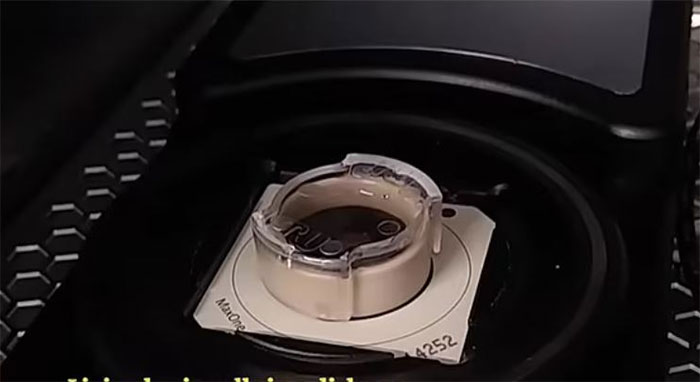The rapid development of artificial intelligence (AI) has prompted scientists to warn that the day machines surpass human dominance is not far off. However, the information below may temporarily alleviate those concerns.
Australian scientists have discovered that when living brain cells in a petri dish are placed in a “virtual gaming world”, they can learn to play the video game Pong.

The “DishBrain” system cultivating brain cells at Cortical Labs. (Photo: Daily Mail)
“I think it’s fair to call them robotic brains,” said Brett Kagan, the Chief Scientist at Cortical Labs.
According to Sputnik News, many researchers worldwide have studied neural networks in petri dishes, often forming organoids resembling brain tissue. However, Cortical Labs’ findings are the first to show that these “brains” can achieve predetermined goals.
To teach the brain cells to play Pong, the research team used a one-player version of the game and sent electrical signals to the right or left of the microelectrode array to indicate the ball’s position. The “brain” would then activate neurons to move the paddle according to the ball’s location.
However, hundreds of thousands of human brain cells in a petri dish not only learned to play Pong but also did so faster than AI.
While these brain cells do not play Pong as well as AI or real humans, they learn to play faster than all. “Their learning speed is astonishing, taking only about 5 minutes in real-time. It’s truly remarkable what biology can achieve.”
The “brains” developed by the research team consist of 800,000 to 1 million living brain cells, equivalent to the brain of a cockroach. Some contain embryonic brain cells from mice, while others contain human brain cells derived from stem cells.
According to reports, advanced machine learning technology and drug testing are considered two viable applications of Cortical Labs’ new discovery.


















































